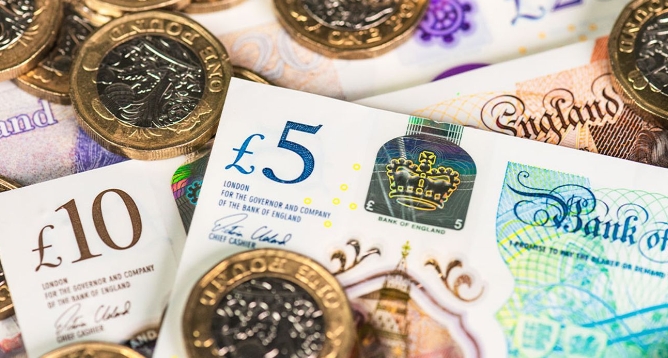As a business owner or investor, understanding financial ratios is crucial to making informed decisions. One of the most important ratios to consider is the current ratio, which measures a company's ability to pay off its short-term debts with its current assets.
So, what is a good current ratio? Generally, a ratio of 2:1 or higher is considered good, indicating that a company has enough current assets to cover its current liabilities. However, the ideal ratio can vary depending on the industry and the company's specific circumstances.
For example, a company in a highly cyclical industry may need a higher current ratio to weather economic downturns, while a company with a strong cash flow may be able to maintain a lower ratio. Additionally, companies with high inventory turnover may have a lower current ratio due to the quick conversion of inventory into cash.
A good current ratio not only indicates a company's ability to meet its short-term obligations but also reflects its overall financial health. A low ratio may suggest that a company is struggling to generate enough cash flow or has too much debt, which could lead to financial distress.
Investors and lenders often use the current ratio as a key factor in evaluating a company's creditworthiness and financial stability. A strong current ratio can increase a company's chances of obtaining financing or attracting investment.
In conclusion, a good current ratio is essential for a company's financial health and stability. While the ideal ratio can vary depending on the industry and circumstances, maintaining a ratio of 2:1 or higher is generally a good benchmark. As a business owner or investor, understanding and monitoring this ratio can help you make informed decisions and ensure the long-term success of your business.



